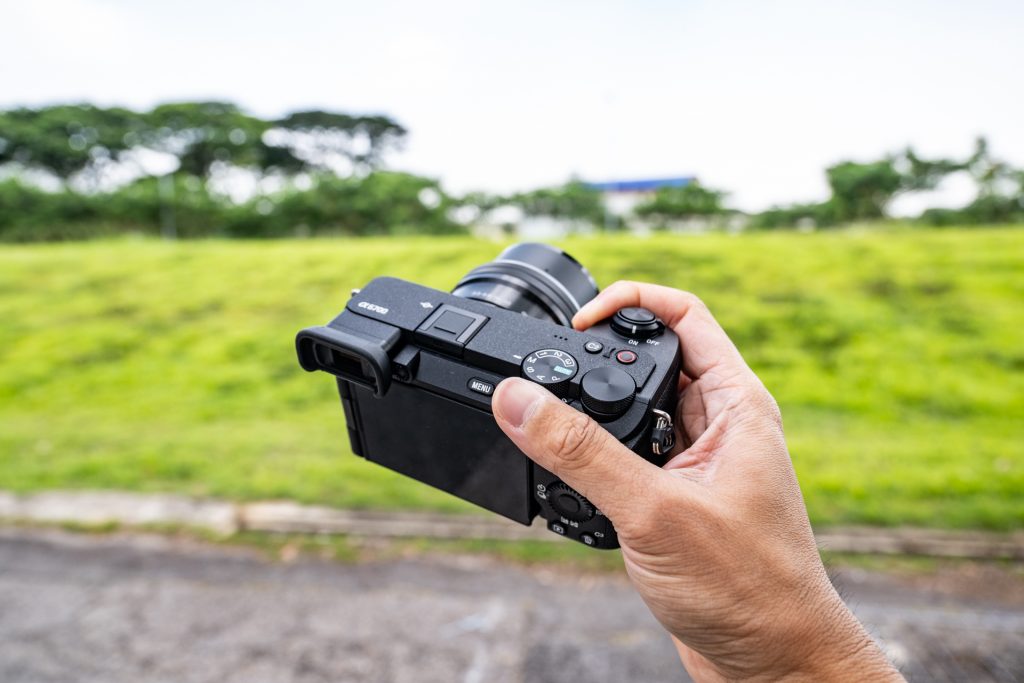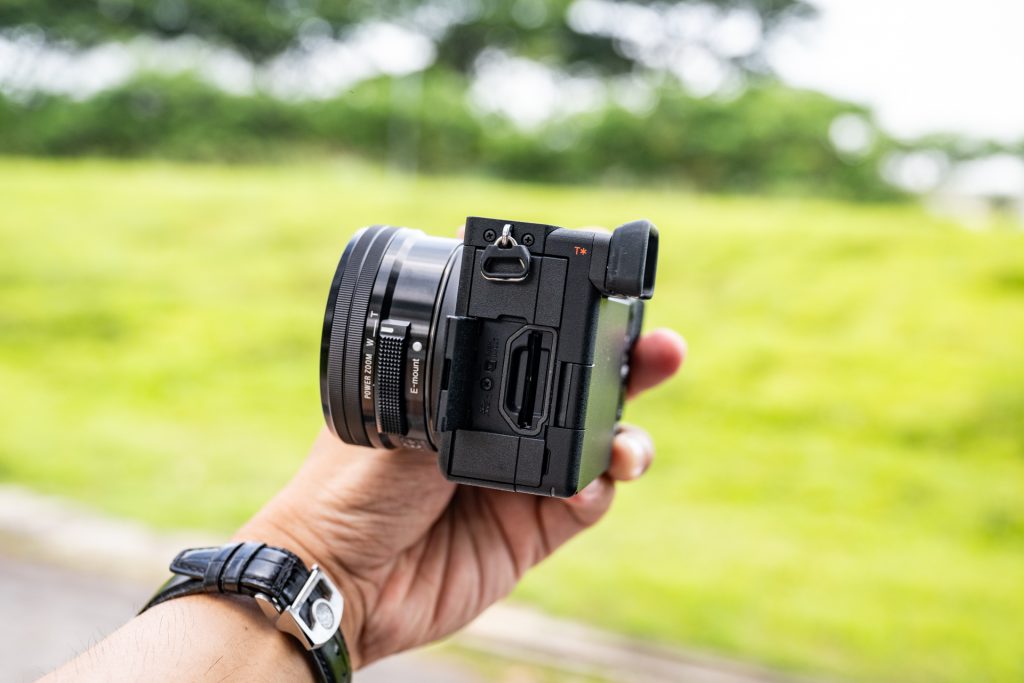When Sony announced the A6700, it was hard not to feel a little tingle of excitement.
After all, its predecessor, the A6600, had garnered quite the fan base.But after spending a few days with it, I can confidently say it’s good, but not groundbreaking. Here’s why.
the foundation of the A6700.

The A6700 slots neatly into Sony’s APS-C lineup as the flagship model, boasting a 26-megapixel BSI CMOS sensor, a familiar face from the FX30.
This sensor delivers solid low-light performance, holding up admirably until ISO 6400, where details remain usable despite minor noise. Push it to ISO 12,800, and things start getting dicey, with colour artifacts making a distracting cameo.
The camera’s burst rate remains at 11 frames per second with the mechanical shutter—no improvement over its predecessor. Meanwhile, the 2.39 million-dot electronic viewfinder (EVF) has stayed exactly the same, which is… fine.
But when compared to competitors like the Fujifilm X-S20 or Nikon Z fc, the A6700’s EVF feels a little uninspired. It’s not just about resolution; optics and user interface matter too.

One notable tweak is the 3-inch LCD screen, now sporting a fully articulating design borrowed from the A7 IV. Whether you’re vlogging or shooting vertical content, this flexibility is a welcome touch.
Still, whether you see it as an upgrade or a side step depends on personal preference.
handles well, but not perfectly.

Holding the A6700 is like shaking hands with an old friend. The grip is deep and comfortable, making it easy to carry for hours without a strap. However, its low height might leave your pinky awkwardly dangling, which could irk some users.
Sony has added a front control dial, bringing the total to three. This makes adjusting settings on the fly a breeze. But there’s no joystick for focus point control. As a left-eye shooter, relying on touchscreen controls (or accidentally bumping them with my nose) is less than ideal.
Yes, the autofocus (AF) system is robust enough to track subjects reliably, but there were times I wanted more precise control over my focus point.
the AI factor.

Sony’s AI-powered processor, borrowed from the A7R V, is the A6700’s most touted feature. It can track a wide array of subjects with impressive accuracy. From locking onto a bird’s eye to following a cyclist’s helmet, it’s undeniably advanced.
But let’s keep it real: AI isn’t infallible. Like any autofocus system, it struggles when a subject ventures too far into the bokeh or when paired with slower lenses. Using the FE 24-50mm F2.8, I found that fast-moving subjects could still elude the system.
It works brilliantly when you understand its quirks, but don’t expect it to eliminate every blurry shot.
what it does well.

Despite its shortcomings, the A6700 has plenty to love. The ergonomic improvements like the additional control dial make it a joy to use. Its compact form factor and weather sealing open up opportunities for outdoor shoots, and the sensor delivers excellent image quality in most scenarios.
The autofocus system, while not perfect, is one of the best in the market. For videographers, the fully articulating screen and reliable 4K capabilities make this a solid choice for hybrid shooting.
who’s it for?

The A6700’s compact size and weather sealing make it a versatile companion for hobbyists and semi-pros alike. However, its single-card slot is a glaring omission for anyone shooting critical work.
If you’ve ever experienced the heartbreak of an SD card failure (trust me, I have), you’ll know that redundancy is a necessity.
And then there’s the viewfinder situation. While the size constraints are understandable, a sharper, larger EVF (something akin to the A7 IV) would have gone a long way in making this camera feel more “serious.”
verdict: good, not great.

The Sony A6700 is a capable and well-rounded camera that builds on the legacy of the A6600 without rocking the boat too much. For A6600 owners, the upgrade might not be compelling unless video is a significant part of your workflow. But for those stepping up from older models like the A6100 or A6400, the A6700 is a worthy contender.
If Sony ever decides to take APS-C more seriously (dual card slots, a larger EVF, and a premium build) the A6700’s successor could be a game-changer.
Until then, this is a solid, if slightly underwhelming, addition to Sony’s lineup. A good camera, but not the bold statement we were hoping for.
Liked this? Check out more articles on Futr tech here.






